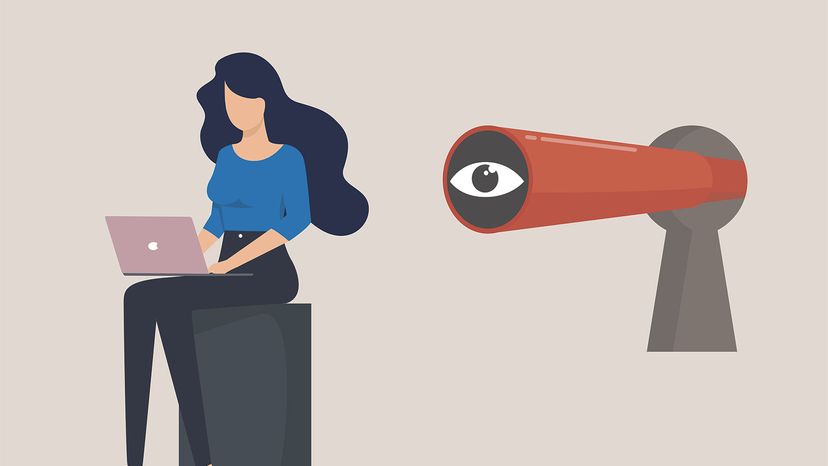
There is a massive disconnect between employees and employers when it comes to discussions around mental health. As one would imagine, incidence rates of depression have skyrocketed by 25% since the onset of COVID-19, affecting 21 million American adults.
However, this prevalence in our population, as well as in our culture (see the explosion of mental health tech startups) has in turn led to increased levels of openness with mental health. Eighty-seven percent of Americans agree that having a mental health disorder is nothing to be ashamed of according to The American Psychological Association.
Even with these changing levels of stigma, however, clinical depression still costs the U.S. economy over $51 billion in workplace absenteeism and lost productivity according to Mental Health America. This growing toll underscores a miscommunication between the employee—who still doesn’t feel empowered to be vulnerable— and the employer, who oftentimes relies on lagging, makeshift responses to these concerns.
This hits incredibly close to home as we are professionals who have experienced depression and anxiety in a high-pressure corporate environment. We bore the facade of keeping it all together for the reward of ascending the corporate ladder. Unfortunately, this desire to consistently perform at the highest level and a discomfort with the vulnerability of admitting our struggle resulted in quiet panic attacks in the bathroom stall, migraines so severe we needed to work with the lights off, and ultimately leaving our positions.
Reflecting back on our experiences now from the perspective of founders, and ultimately employers, we are forced to reconcile this gap and think through how best to cope with depression at work, as well as how to best support and continue to motivate those employees who are suffering.
Set clearer, shorter goals
One of the biggest challenges as an employee when you’re having a rough week with depression is ensuring that you are prioritizing and deprioritizing correctly, so you are able to best meet the demands of your manager (which is half the battle of navigating a tough corporate environment). Because focus can often wane when dealing with mental health, we would make lists of priorities to ensure that at a minimum, we are accomplishing the items required to at least keep pace with work. These exercises also provide the psychological benefit of feeling like you’ve made small achievements throughout the day. Although easier said than done, it was most important that we were realistic with ourselves about our capacity by giving ourselves ample time to accomplish these tasks, knowing that having a rough week might slow us down.
As leaders we must realize that because depression can make workloads feel overwhelming or too complicated, the onus is on us to make sure that the work is simultaneously getting accomplished but that we are also supporting the well-being of our employees. Empower employees to feel more capable of meeting requirements by breaking up larger projects into more manageable pieces. This not only builds confidence by helping employees experience success, it allows the manager better insight on how a project is progressing, so they are aware if expected deadlines will be met or alternative action will be needed to keep the project velocity up. Research shows that shorter-term deadlines create higher levels of productivity and adherence.
Focus on impact instead of working hours
Depression affects a person’s energy levels, their sleep habits, and when they can be productive. This means that their ideal work schedule may look different than a typical nine-to-five. For example, many people with depression struggle to get out of bed, making their mornings more difficult. As a result, many people that we know with depression intentionally seek work opportunities with flexible hours, so that they can be highest performing at their own pace. Research has shown that this flexibility may actually increase productivity.
We recommend that managers focus on an employee’s impact instead of their working hours. That being said, deadlines should still be enforced and respected, as core structure is beneficial. One employee of ours recently lacked energy for a few days during the week but then felt better and worked all weekend to complete the project on time for a Monday deadline.
Employees, on the other hand, must have strong communication skills to manage expectations with managers. As an employee, it is your responsibility to keep your manager updated on your progress. A simple “I wasn’t able to make as much progress as I’d hope on the report today, but I’m still on track to finish it by Tuesday, as we agreed” will normally suffice.
Be sure to use employee assistance resources
While there are many ways to close the relationship gap between an employee and manager when dealing with depression, one of the most effective tools is offering easy access to Employee Assistance Programs (EAP). EAPs are a range of services offered by nearly all companies, which give employees access to services that help regulate the work/life balance to maintain productivity. In recent years, companies have attempted to differentiate themselves by investing heavily in robust mental healthcare resources. However, EAPs tend to be the most underutilized methodologies with an average of only 3.5% of employees taking advantage of them per year.
As a manager, it is important to understand that oftentimes, employees don’t even realize that these programs exist or the extent of the offering. Aggressively promote these programs beyond orientation, whether that is creating additional education or including reminders about benefits in regular employee communication channels. Ease/clarity is key, so using these opportunities to boil down communication around plan highlights, costs, services, and contact numbers can make the resources feel much less of a burden to access. Much of the hurdle for employees is the stigma associated with utilizing these resources, so it is our job to normalize the use of these services by reminding employees that many of the stressors they experience in these work environments are common and that these services exist to help them overcome these challenges in a healthy way.
As we reflect back, one of our biggest mistakes as employees suffering depression in the workplace is that we were afraid of taking advantage of EAP resources. We didn’t understand the confidentiality behind asking for help and were unsure what kind of approval was needed to access these benefits. To the extent that confidentiality is important to you, remember that these resources are confidential, so much so that employers do not know who uses the services and who does not. Although navigating depression in the workplace can feel like a minefield, we have realized that the price of doing what is right for you and your mental well-being is always worth it.
Kyle Pierce and Morgan Hewett are cofounders of the treatment-resistant depression-focused telehealth company, Options MD.





